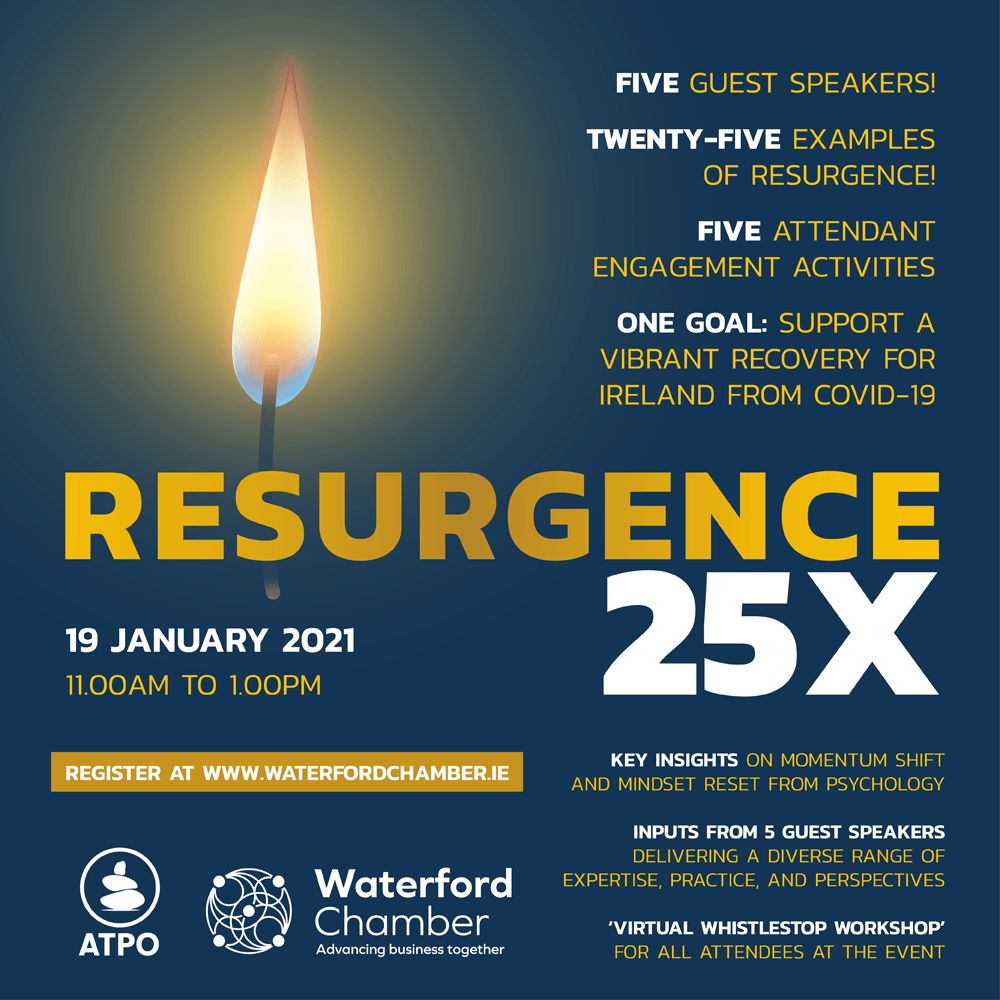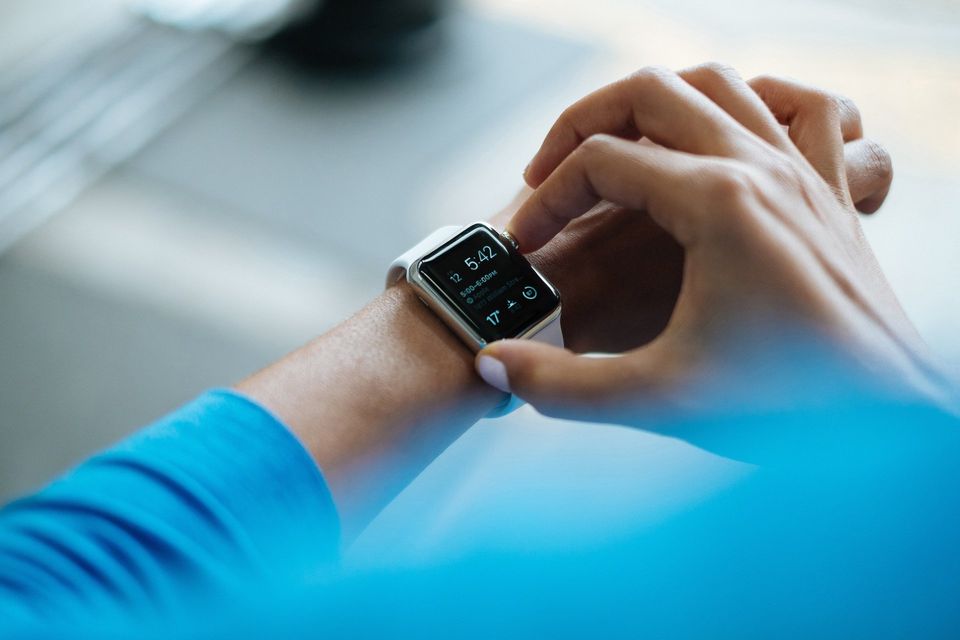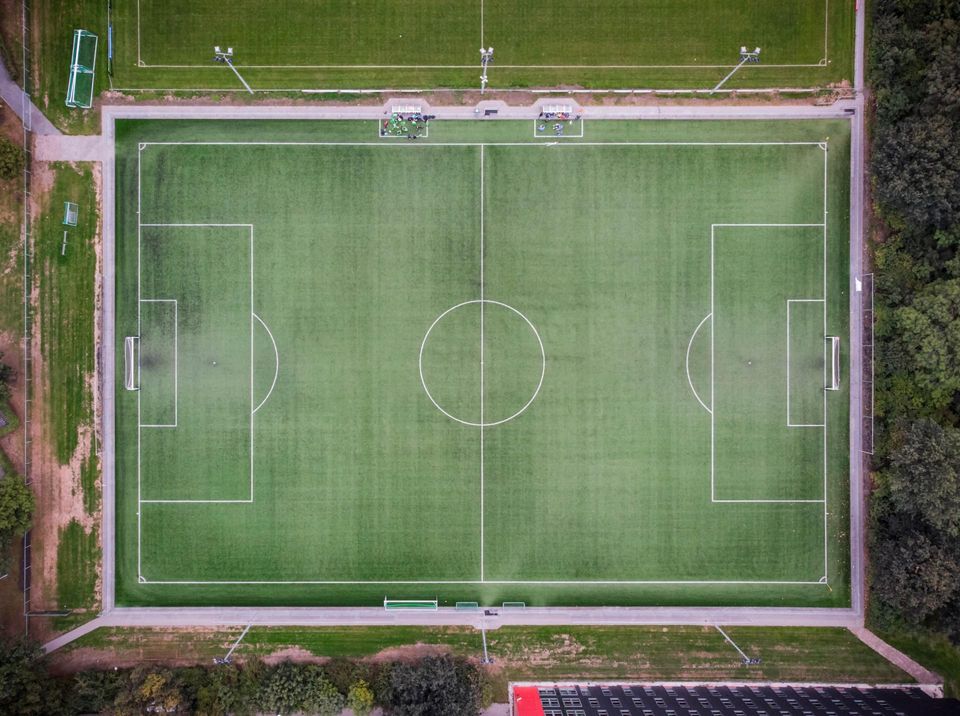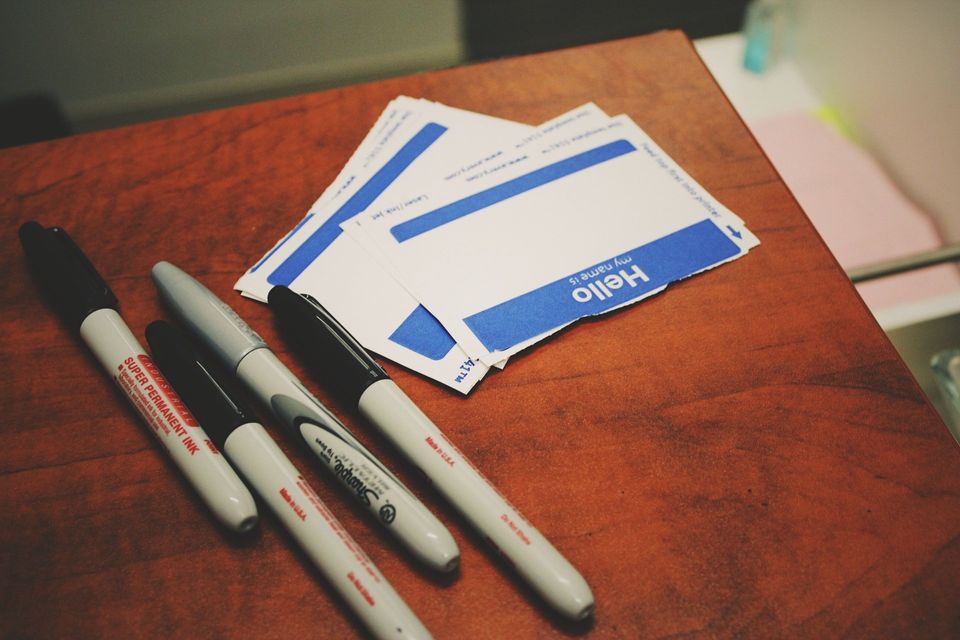How to have great meetings
ATPO tips on how to how to guarantee focussed, inclusive, productive, and energising meetings.
- How can you make sure that meetings don’t go on too long?
- How can you keep meetings on track?
- What is the best way to record a meeting?
- How can you guarantee that everyone gets a chance to speak at meetings?
- How can you ensure meetings that are energising for all attendees?
How can you make sure that meetings don’t go on too long? (Stick to a timetable).
How can you keep meetings on track? (Use clear goals and roles).
- For Information:
- For Discussion:
- For Decision:
2. The note taker (secretary) makes clear, non-judgemental, easy to read notes of a meeting.
3. The agenda collater (secretary) contacts all attendees in advance of a meeting and collates the agenda and relevant documentation for the chair. These are forwarded to all in advance of the meeting.
5. The focus keeper flags to the chair when the discussion is gone or going 'off-topic'. This role is especially useful for unwieldy groups that can be difficult to chair.
What is the best way to record a meeting? (Keep it brief)
How many of us have attended meetings full of energy and pep only to be driven to despair by the need to clarify and correct the detailed minutes from the previous meetings? There has to be another way. There is.....
Memos not minutes
For standard meetings and to ensure that each meeting is as productive as possible ATPO recommends memos that include
- Topics covered
- Decisions and actions agreed and
- Who is to complete the actions
We highly recommend that the memos of meetings are emailed to all attendees within 24 hours. This gives the best chance for the agreed outcomes to be acted upon promptly.
Minutes that include each element of a discussion and 'who said what' can often lead to a significant part of the opening section of the following meeting dedicated to conversations about the accuracy of statements made by attendees. These opening conversations can cause a significant drain on attendee energy. Not a great start to a meeting. So if detailed minutes of discussions must be recorded ATPO recommends doing so without naming each contributor.
How can you guarantee that everyone gets a chance to speak at meetings? ( Use tags)
I have met so many people who attend face to face meetings with lots to contribute but who feel they never get a chance to be heard fully due to constant interruptions despite the best efforts of the chair. They often feel alienated and underappreciated. And they no longer make the effort to contribute. For organisations these can often be the people who actually have the best ideas that can resolve serious issues. You need to hear them! Here's how.
Talking Tags
Talking tags are a variation of the Native American ‘talking stick’ and are especially useful for larger face to face meetings that can become vociferous. They are also effective with meeting groups that have a problem listening to each other's contributions without interrupting.
A talking tag is an object (e.g. a plastic name tag or a block of lego, ) that, when raised, indicates that an attendee wishes to speak. The chair notes who has raised their 'tag' and in what order and allows attendees to speak accordingly. When the attendee has spoken they lower their tag. If they wish to speak again they raise their tag and wait their turn.
This method ensures that everybody who wants to speak knows their chance will come and they do not have to barge in whenever they get a chance. Sounds ponderous and childishly simple but from personal experience, it is a remarkably effective method to ensure very productive meetings.
How can you ensure that meetings are energising for all attendees? (Plan to be energised).
Meetings that are energising? Does that sound like expecting a lot? It requires planning and some agreed conditions. But if achieved the results for any organisation will be well worth the effort. Here are some ATPO favourites to get that buzz.
Flow
ATPO recommends a wave-like flow to agendas for extended meetings. This includes spacing heavier topics ( that might include ethical dilemmas or multiple considerations) between less cumbersome topics throughout the day.
Sitting and standing
Do people in your organisation sit in the same seat for regular face to face meetings? Are your meetings fairly predictable and stultifying? A simple rearranging of the seating can have a very positive effect on meeting participation.
And what about standing for face to face or virtual meetings? Have short ( 20 mins) meetings standing up. Some organisations have them for a lot longer than that. One or two items to be decided on in a 20-minute session would be a good start to try this method.
ATPO group sessions often include regular seating and standing rearrangements to energise groups throughout a day.
Lock up the phones
There is nothing more disheartening when presenting at a meeting than to see some of your colleagues (a) peeking at their phones (b) typing messages on their phones or (c) leaving the meeting to answer ‘important phone calls’. For the 55 minute meeting, ATPO recommends people just turning off their phones. For longer meetings, they can be set aside
(locked up) and retrieved at regular intervals.
Sparkle
There is really no need for meetings to be dry and stultifying. Long meetings that include short interludes of role play, mindfulness, and even comic video can refocus tiring participants or spark them into life prior to an important topic.
In summary, in order to guarantee productive and uplifting meetings you need to ;
- Stick to a timetable.
- Use clear goals and roles.
- Keep records brief
- Use talking tags
- Plan to be energised
If you would like to apply some of the above techniques please do so and tell us how you got on. Here’s another tip. Don’t try them all at once. It takes a while for any new behaviour to embed in your work practices. So to give yourself every chance of success do the most achievable ones first.
If you have any questions about this article or just need more information about meeting managment techniques do please contact us .
And don’t forget we provide a range of services ( face to face and virtually), that focus on organisational development including effective meeting management techniques. Every service we provide can be customised to the specific needs of leaders and general organisations.





